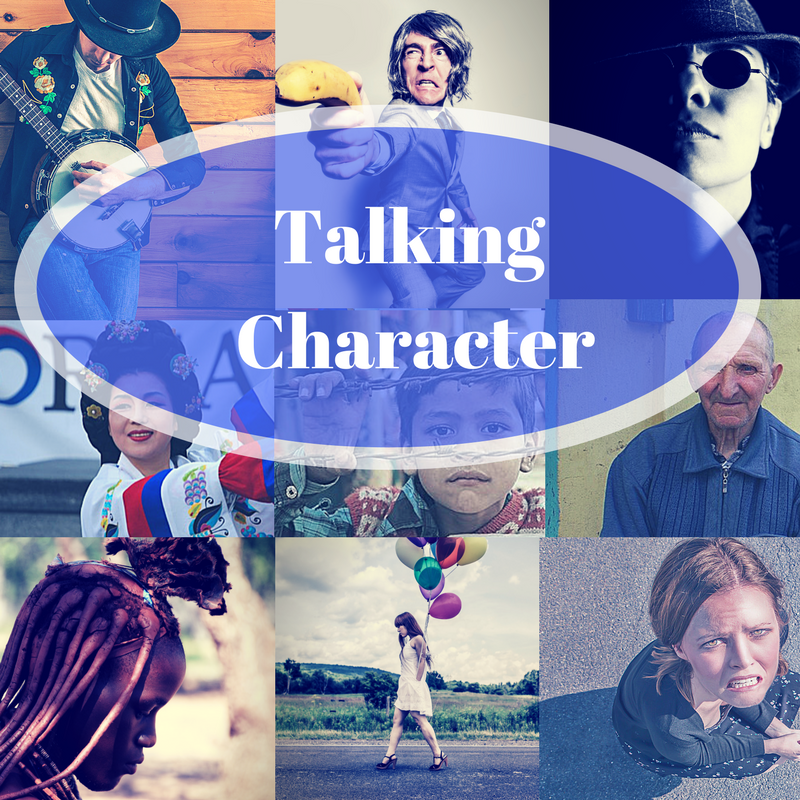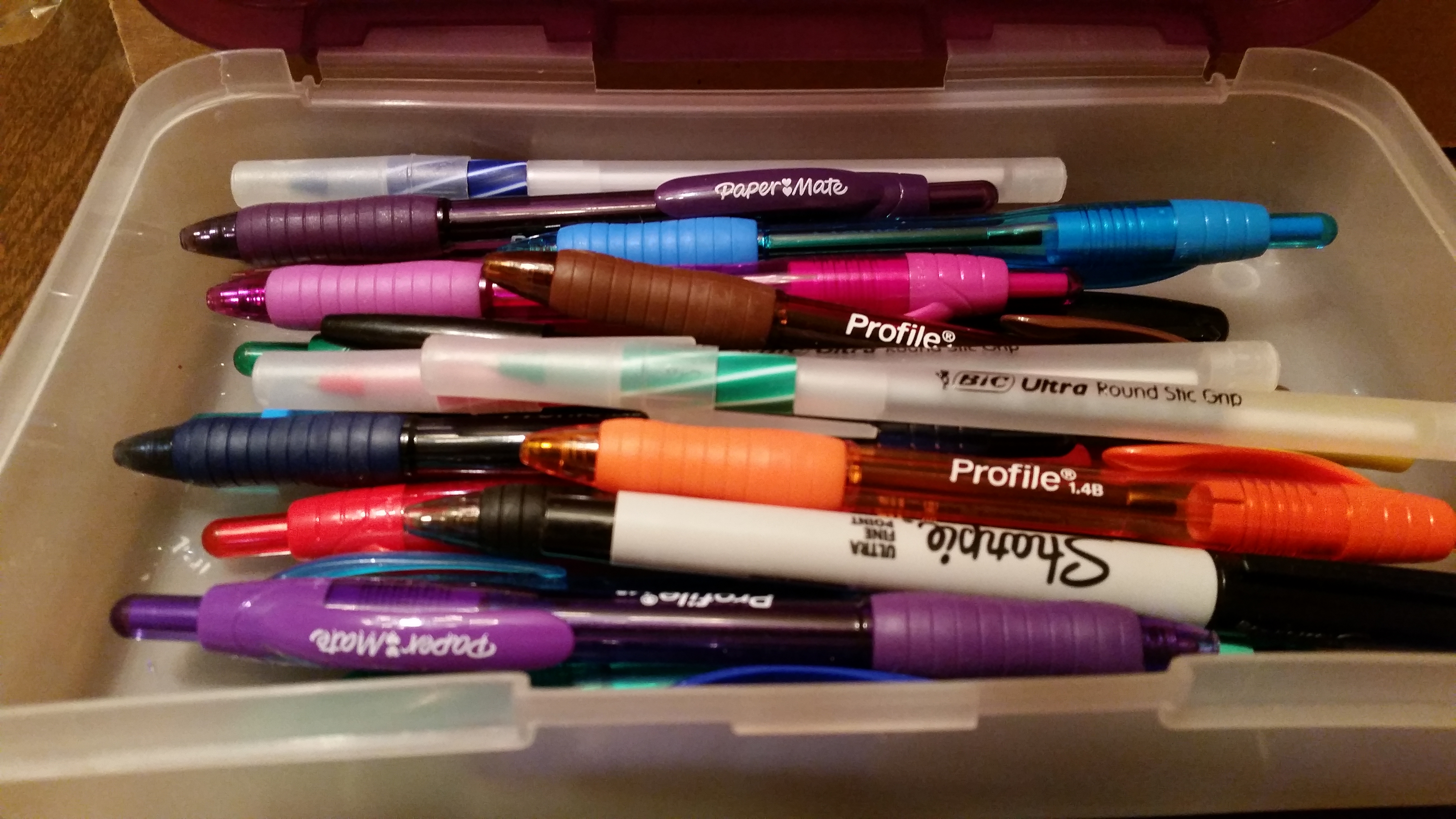
How to Avoid Writing a Contrived Plot
I’ve been working on a story, and was a bit concerned my ending felt contrived. In my critique group,…
November 27, 2023
I’ve been working on a story, and was a bit concerned my ending felt contrived. In my critique group,…
November 27, 2023
When I sat down to write my first mystery, I knew I needed a guide. I’d written a few…
July 24, 2023
Writers Chat, hosted by Jean Wise, Johnnie Alexander, and Brandy Brow, is the show where we talk about all…
June 21, 2023
For the last six months, I’ve known what I wanted to write about my final post of the year.…
December 4, 2022
As I was editing my latest WIP, I ran across several instances where my plot followed one character on…
July 23, 2021
Girl meets boy. Even though it’s obvious to the reader that they would make a perfect couple, they don’t…
May 25, 2021
Are pets an asset or an albatross in our mystery, suspense, and thriller genre? Pets have shown up in…
April 21, 2021
When writing historical fiction, it’s important to be aware of your timeline. Timelines are significant in all genres of…
April 20, 2021
Before I began writing my current W.I.P I knew exactly who my protagonist and antagonist were. I knew how…
August 4, 2020
Whether your novel closes on a cyclone-worthy twist, or a conclusion as warm and satisfying as homemade pie, you’ll…
January 13, 2020
Recently a fellow aspiring screenwriter reached out to me on social media. She was having problems with figuring out…
December 4, 2018
Okay. Most of you (myself included) admit it’s challenging and exciting to plan the next book. It must be…
April 22, 2018
Plot and character. Two halves of any great story. Both are critical, whether you are telling a character-driven literary…
January 20, 2018
We’ve been looking at crafting plot twists. #amwriting #plottwists [bctt tweet=”Create a jaw-dropping plot twist by convincing your reader…
June 10, 2016